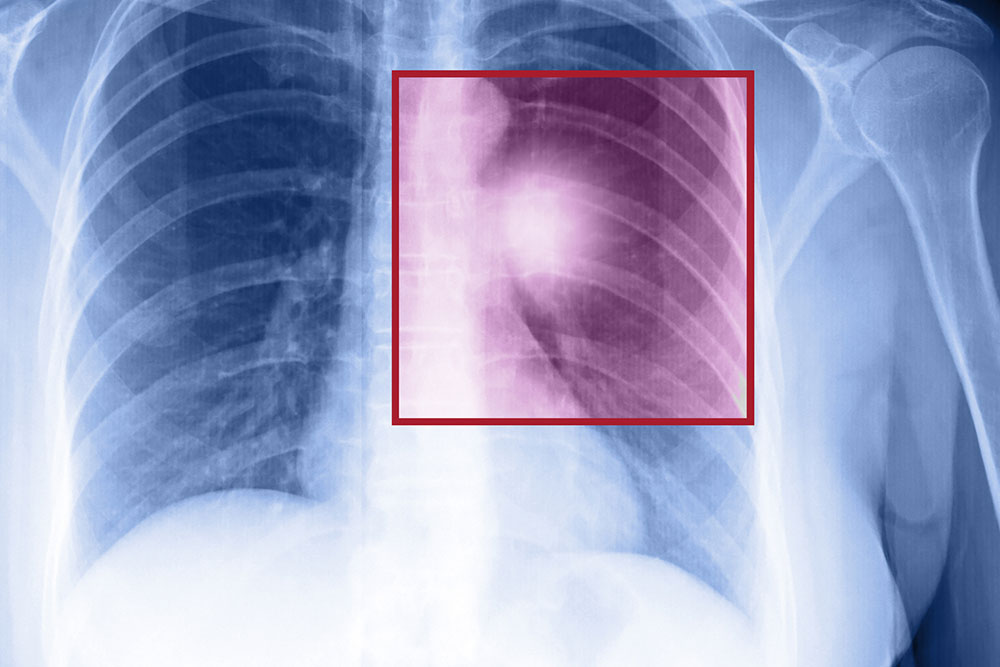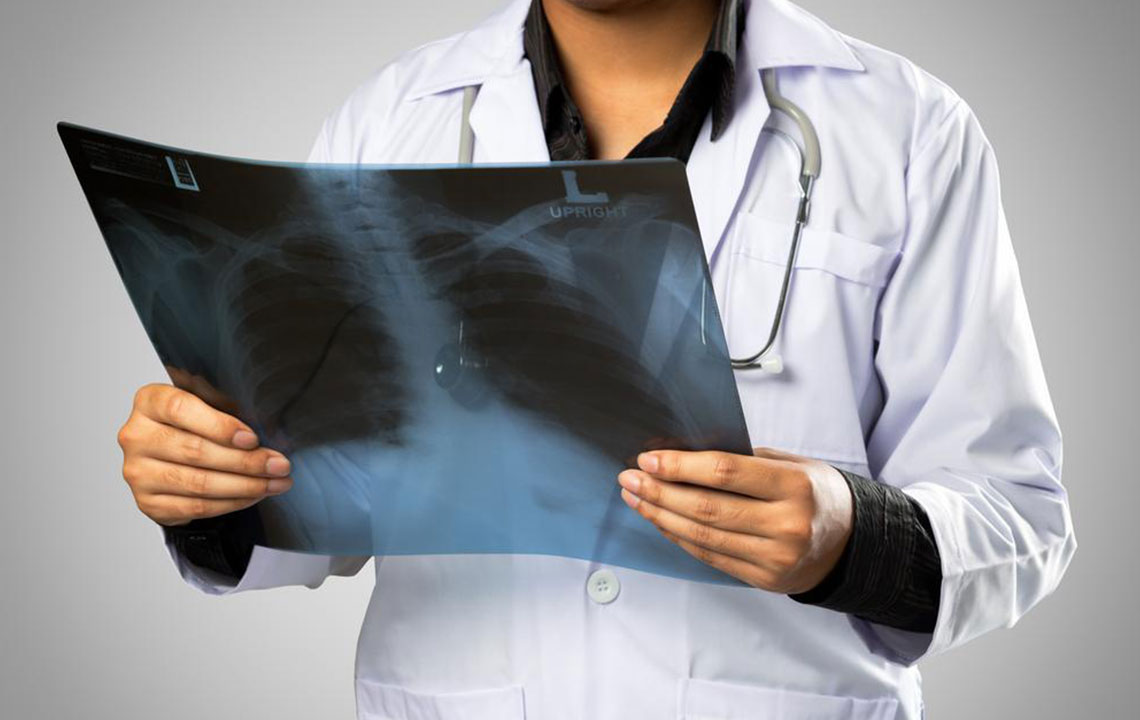Understanding and Managing Advanced Lung Cancer Spread
This article explores the progression, symptoms, diagnosis, and treatment options for metastatic lung cancer. It highlights common metastasis sites like bones, brain, and liver, and emphasizes early detection and tailored therapies such as chemotherapy, radiation, and surgery. Recognizing symptoms and understanding diagnostic procedures are key to managing this serious condition effectively. Early intervention can significantly improve outcomes, so patients are encouraged to seek medical advice if new symptoms arise. The content aims to inform and guide patients, caregivers, and healthcare professionals about metastatic lung cancer management.

Understanding and Managing Advanced Lung Cancer Spread
Lung cancer can be deadly and often begins in a specific area of the lungs known as the primary site. Over time, it can spread to other parts of the body via blood or lymphatic pathways, a process called metastasis. When lung cancer cells detach from the original tumor and travel elsewhere, the condition is classified as metastatic lung cancer. Despite spreading, the disease is named after the original location in the lungs. Often, metastasis occurs before symptoms appear, making early detection challenging.
Common metastasis sites include the other lung, bones, brain, liver, and adrenal glands. It's important to distinguish metastatic lung cancer from recurrence, which occurs when cancer returns to the same lung area after treatment. Metastasis results from cancer cells traveling from the original tumor to distant sites. The symptoms vary depending on the affected area but are often subtle or mistaken for other conditions.
Signs and Symptoms of Metastatic Lung Cancer
Bones - Patients may experience bone pain, fractures, or weakness, with about 40% developing bone metastases.
Brain - Headaches, confusion, fatigue, nausea, and weakness are common, especially in non-small-cell lung cancer, which accounts for most cases.
Lymph Nodes - Swelling in the armpits, neck, or abdomen can indicate spread to lymphatic tissues, though other illnesses can cause similar signs.
Liver - Symptoms include loss of appetite, nausea, abdominal pain, and yellowing of the skin and eyes (jaundice).
Adrenal Glands - Usually asymptomatic, but fatigue and weakness may occur due to hormonal changes.
Diagnosis - To confirm metastasis, doctors perform various examinations, including chest X-rays, CT scans, biopsies, bronchoscopy, blood tests, MRI, bone scans, and ultrasounds.
Treatment Approaches
The goal of therapy is to control disease progression and alleviate symptoms. Treatment plans depend on patient age, health status, tumor size, location, and extent of spread.
Chemotherapy - The primary option for advanced cases, utilizing powerful drugs to target and destroy cancer cells across the body.
Radiation Therapy - Uses high-energy radiation to reduce tumor size and eliminate cancerous cells at specific sites.
Laser Therapy - Employs intense light to remove obstructions caused by tumors, often in airways.
Other Methods - Surgery may be performed to remove isolated metastatic tumors, combined with other treatments for best results.
Although metastatic lung cancer is serious, early diagnosis can improve management. Patients with known primary lung cancer should monitor for new symptoms and seek prompt medical attention if they occur.









